Laos Travel Guide: Things To Do & How To Plan Your Trip
In this post, you’ll learn all the up to date Laos Travel Guide including Advices, Plan a trip, best things to do, tourist attractions and more based on the June 2025.
Laos is Southeast Asia’s most pristine environment, intact cultures and quite possibly the most chilled-out people on earth mean destination Laos is fast earning cult status among travellers.
It is developing quickly but still has much of the tradition that has sadly disappeared elsewhere in the region. Village life is refreshingly simple and even in Vientiane it’s hard to believe this sort of languid riverfront life exists in a national capital.
Then, of course, there is the historic royal city of Luang Prabang, where watching as hundreds of monks move silently among centuries-old monasteries is as romantic a scene as you’ll experience anywhere in Asia.
Local Guide to help you plan a Travel to Laos in 2025
If you travel to Laos soon and would like to experience the real Laos away from touristy places, remember that away from the cities, there is so much more to see; the Plain of Jars in Xieng Khuang Province, the forested mountains of Northern Laos, the gothic limestone karsts around the backpacker-haven Vang Vieng and in the deep south, past the market town Pakse, is Si Phan Don (Four Thousand Islands), where the mighty Mekong spreads out and all the hammocks are taken.
The Lao wilderness is drawing travellers looking for nature, motorbike adventure or both. Kayaking, rafting, rock-climbing and biking are all available, but it’s the community-based trekking that is most popular because it combines spectacular natural attractions with the chance to experience the ‘real Laos’ with a village homestay – while spending your money where it’s needed most.
Top 10: Must-see attractions in Laos
Beside the must see attractions, there is undoubtedly a growing tourist trail in Laos, but that just means there’s plenty of roads off Rte 13 where you can make your own trail. After all, half the fun of travelling here is in the travel itself – the people you meet, chickens you share seats with, wrong turns you take and lào-láo you drink with the smiling family at the end of the road less travelled.
1: Wat Phu Champasak
Probably the must see tourist place in Laos for reason. Wat Phu, a tranquil Khmer temple complex in southern country, set against a dramatic mountain backdrop, offers a soulful experience with its serene atmosphere, frangipani-lined stairways, and spiritual history. Most structures date from the 11th to 13th centuries, though some are over a thousand years old. Divided into six terraces, the site climbs to a hilltop sanctuary, best visited early in the morning to avoid heat and capture ideal lighting.
2: Phu Si
Phu Si Hill rises 100m above Luang Prabang’s old town, drawing sunset seekers with its panoramic views and a steep 329-step climb to the 24m gilded That Chomsi stupa, which glows like a chandelier when lit at night. A small anti-aircraft cannon stands near the summit’s flagpole, a relic from the war years. On the northern ascent, Wat Pa Huak features locked but tip-accessible doors and rare 19th-century murals of Mekong history.
Alternative paths from the south and east pass through Wat Siphoutthabat Thippharam and its oversized Buddha Footprint shrine, while nearby Wat Thammothayalan displays gilded Buddhas tucked into rocky niches.
3: Kuang Si waterfall
Tat Kuang Si, 30km southwest of Luang Prabang, cascades over limestone into stunning turquoise pools perfect for swimming and rope-swinging, with picnic spots and a bear rescue center where moon bears rescued from poachers now live safely. The newly paved road makes motorcycle trips enjoyable, with scenic village stops along the way. Tuk-tuks cost 150,000K solo or 50,000K per person in groups of three, while a private minivan runs about 350,000K.
4: COPE Visitor Centre
Laos remains the most heavily bombed country in history, and unexploded ordnance (UXO) still injures and kills decades after the Vietnam War. COPE (Cooperative Orthotic & Prosthetic Enterprise) is one of the must see attractions in Vientiane, the place provides essential support through prosthetics, walking aids, and wheelchairs, and its excellent Visitor Centre at the National Rehabilitation Centre features engaging multimedia exhibits and documentaries about UXO and rehabilitation. A gift shop and café support the cause, with all proceeds funding COPE’s work across Laos.
5: Wat Xieng Thong
Luang Prabang’s most iconic monastery features a 1560 sǐm with sweeping roofs and a beautiful “tree of life” mosaic on its western wall. Nearby stand several stupas and three small chapels, including Hŏr Ɖąi with its standing Buddha, and the Red Chapel (Hŏr Ɖąi Pha Sai-nyàat), home to a rare reclining Buddha. The richly gilded Hóhng Kép Mîen stores a royal funeral carriage adorned with red-tongued naga, once used to carry the golden urns of Lao royalty.
6: Pha That Luang
Pha That Luang, a sleek golden stupa about 4km northeast of central Vientiane, stands as Laos’ most important national monument, symbolizing both Buddhism and Lao sovereignty. Legend says Ashokan missionaries built the original stupa in the 3rd century BC to enshrine a piece of Buddha’s breastbone. A high-walled, 85m-square cloister with small windows surrounds the 45m stupa and houses various Buddha images, including a calm statue of Angkor-era king Jayavarman VII.
7: Xieng Khuan
Known as Buddha Park, lies 25km southeast of Vientiane and features a surreal collection of Buddhist and Hindu sculptures created in 1958 by Luang Pu, a mystic who blended both traditions into a cryptic, mythic landscape. The quirky, weathered park offers great photo ops and a fun place to explore.
8: Wat Si Muang
Wat Si Muang, Vientiane’s most visited temple, houses the city pillar believed to shelter the guardian spirit of the capital. The rebuilt sǐm, dating to 1915, includes two halls: the front displays a replica of the Emerald Buddha and a small, fire-scarred stone Buddha said to grant wishes, while the rear houses the ancient pillar, likely from the Khmer era, wrapped in sacred cloth. Visitors follow rituals of lifting the stone Buddha and offering bananas, coconuts, flowers, incense, and candles if their wish comes true.
9: Vieng Xai Caves
The only way to explore Vieng Xai’s seven key war-shelter caves—set in lush gardens beneath striking karst cliffs—is by joining the 18-point guided tour, which includes site access and an audio guide packed with firsthand accounts and historical context. Highlights include the Kaysone Phomvihane Cave, still equipped with a working air pump.
10: Nam Ha NPA
The 2224-sq-km Nam Ha NPA ranks among Laos’ most accessible natural preserves, home to clouded leopards and possibly a few tigers. Surrounded by villages of Lao Huay, Akha, and Khamu people, the park balances conservation with local livelihoods through a 1999 ecotourism plan that encourages collaboration between tour operators and communities. Small-group treks follow varied routes, with each village hosting visitors no more than three times a week. Rather than impose rules, the program promotes sustainable forestry and fishing to inspire community-led forest protection.
Things to do: Best Places to Visit in Laos
Laos’ low population density keeps many landscapes pristine, offering thrilling adventures for outdoor enthusiasts. Meanwhile, the cities and towns invite visitors to explore historical gems, stunning temples, and enjoy the warm hospitality of the Lao people.
Here are 10 of the best places to visit in Laos
1. Luang Namtha
Luang Namtha, Laos’ adventure capital, offers easy access to trekking, kayaking, rafting, cycling, and other jungle activities. The town features numerous trekking agencies offering group tours and custom trips. The highlight is the Nam Ha National Protected Area, a 220,000-hectare forest, river, and mountain zone home to diverse ethnic minorities. Visitors can choose from 7-day jungle survival courses or cultural homestays in Akha or Khmu villages, reached by bicycle or boat. The new high-speed rail from Boten makes the area more accessible, and the best trekking season is from November to February, when it’s dry and cooler.
2. Vang Vieng
Vang Vieng, one of Southeast Asia’s most stunning natural landscapes, features towering limestone karst peaks above the Nam Song River, perfect for tubing. The area offers endless dirt roads for cycling, viewpoints to climb, hidden caves to explore, and freshwater swimming holes. Visitors can also try rock climbing, hot air ballooning, or paramotoring over the scenery. Once a remote backpacker destination, Vang Vieng is now easily accessible via the new high-speed train and has new boutique hotels, making it a great weekend getaway from Vientiane or Luang Prabang. Rent a bicycle or motorbike to explore sights beyond the town center.
3. Plain of Jars
The UNESCO World Heritage-listed Plain of Jars, located near Phonsavan, features hundreds of megalithic stone jars from 600–1200 BCE, whose purpose remains mysterious, and visitors can explore the easily accessible Sites 1, 2, and 3 or embark on a trek to the more remote Site 52, while learning about the area’s tragic history of bombings and unexploded ordnance.
4. Phongsali
Phongsali, one of Laos’ most remote destinations, offers a chilly climate, stunning sea of clouds, and incredible trekking opportunities to visit traditional ethnic hill tribes like the Akha, Phu Noi, Lolo, and Tai Dam. The area also features tea plantations and Yunnanese cuisine, with Chinese Yunnan dialect spoken more than Lao. To reach it, take a bus from Udomxai to Boun Neua and then a minibus for a 9-hour journey up the mountain.
5. Luang Prabang
Luang Prabang, a UNESCO World Heritage town, offers a mix of traditional Buddhist and French-Lao architecture, with highlights like the gilded Wat Xieng Thong and the large Wat Mai Suwannaphumaham monastery. Explore the vibrant night market, indulge in local dishes, and enjoy boutique stays in French villas and historic mansions. Nearby, visit the stunning Kuang Si waterfall or the Pak Ou Caves with hundreds of Buddhist statues. For a unique experience, visit during Pi Mai (Lao New Year) in April for a lively water fight celebration.
6. The Mekong River
The Mekong River offers a serene, two-day boat journey from Luang Prabang or Huay Xai, with an overnight stop in Pak Beng, where you can visit the Mekong Elephant Park. The slow boats stop at small villages, providing an authentic way to experience Laos, passing misty hills and local fishermen. Each leg takes 7-9 hours, so pack food as there’s little available on board. For a more comfortable experience, opt for a high-season cruise with fewer passengers and a stop at the Pak Ou Caves.
7. Si Phan Don (4000 Islands)
Si Phan Don, or “4000 Islands,” is perfect for relaxing in a hammock, especially on Don Det, where visitors often linger longer than planned in bamboo bungalows. This serene spot on the Mekong offers a rural escape, with kayaking, cycling across an old French railway bridge to Don Khone, and swimming in the river. Don Khone also boasts the stunning Li Phi waterfall and rice fields, which are beautiful during planting in June or harvest in late fall.
The best time to visit is from November to February, avoiding the heat of March to May or the rainy season from June to October.
8. Elephant Conservation Center
To support wildlife conservation, visit the Elephant Conservation Center at Nam Tien Lake, which works to save Laos’ dwindling elephant population. The center offers a unique experience where visitors walk with elephants, watch them bathe, visit the elephant hospital, and learn about their care and preservation. Sainyabuli Province, home to most of Laos’ elephants, offers an opportunity to explore the Nam Pouy Protected Area and witness efforts to return elephants to the wild. Arrangements must be made in advance for overnight stays, with transportation from Luang Prabang available.
9. Nong Khiaw
Nong Khiaw, nestled along the Nam Ou River and surrounded by jungle-clad mountains, offers day hikes, kayaking, and visits to wartime caves. You can explore hidden waterfalls, remote weaving villages, or camp atop Pha Daeng Peak with affordable tours. For a quieter experience, take a boat upriver to Muang Ngoi Neua, a small village with similar adventures. Booking accommodation in advance is recommended, especially during the high season from November to February.
10. Vieng Xai
The Vieng Xai Caves in remote Houaphanh Province offer a deep dive into Laos’ wartime history. During the “Secret War” from 1964-73, the Pathet Lao turned 480 caves into a hidden city, with hospitals, communication rooms, and even a theater. Visitors can explore these caves by bicycle with a guide and audio device, learning about the extraordinary effort it took to survive here.
The surrounding limestone mountains, similar to Vang Vieng or Krabi, add to the area’s allure.
When should I go to Laos?
The best time to visit Laos is during the “winter” months from November to February, when the weather cools slightly, and the humidity drops, offering comfortable nights and perfect conditions for outdoor activities. Laos experiences a tropical climate year-round, with daytime temperatures ranging between 25°C–35°C (77°F–95°F).
The northern regions, like Luang Prabang and Luang Namtha, benefit from cooler temperatures due to their elevation. For those looking to avoid the winter crowds, October offers a great opportunity, as the monsoon rains subside, leaving mostly dry conditions and the chance to experience cultural festivals like the Boat Racing or Naga Rocket Festival.
However, from March to June, the summer heat can be intense, with temperatures rising and the rivers running low. The summer months are also marked by haze from slash-and-burn farming and low river levels, worsened by dam projects. The bright side of summer is Pi Mai (Lao New Year), a nationwide water fight to celebrate the new year. By July, the rains arrive, refreshing the landscape and making the monsoon season an ideal time to visit the Bolaven Plateau, where waterfalls and forests come alive.

How much time should I spend to travel in Laos?
First-time visitors to Laos have two great options for exploring the country. For a quick adventure, take a short, in-and-out trip as part of a wider Southeast Asia tour. Enter through Vientiane and spend a few days exploring the wild mountains of Vang Vieng and Luang Prabang. This could be a 7 days itinerary that gives you a taste of Laos’ treasures even on a tight schedule.
Vang Vieng, just an hour from Vientiane by high-speed train or 3 hours by bus, boasts stunning limestone mountains and crystal-clear lagoons, perfect for escaping the tropical heat. The town has evolved beyond its party reputation and now appeals to those seeking natural beauty and outdoor activities. After Vang Vieng, head north to the tranquil Luang Prabang, where you can immerse yourself in ancient architecture, jungle landscapes, and a laid-back atmosphere. The high-speed train quickly takes you back to Vientiane in under 2 hours.
If you have more time, loop through Laos by entering from Thailand, Vietnam, or China and using intercity buses. Explore four key regions: the north (Luang Prabang, Luang Namtha, Plain of Jars), the Vientiane area (capital and Vang Vieng), the central provinces (Tha Khaek Loop, Savannakhet), and the south (Bolaven Plateau, Si Phan Don).
Do I need a visa for Laos?
Yes, American, Australian, Canadian are required and they can get one on arrival.
ASEAN citizens, along with those from Japan, South Korea, Switzerland, Luxembourg, Russia & Mongolia, do not need a visa to visit Laos. They enjoy free entry for stays ranging from 15 to 30 days.
The visa fee ranges from US$30 to US$45, depending on your nationality. While Laos has an e-visa web portal, it often faces technical issues. To avoid delays, head directly to the immigration booth upon arrival, where you’ll fill out a few forms and provide a passport photo (you can pay an additional fee if you don’t have one). This process will grant you a full-page visa sticker, allowing you 30 days of travel within Laos.
How much money do I need for Laos?
In Laos, always carry cash, as credit-card readers are rare and ATMs are mostly in Vientiane, Luang Prabang, Pakse, and Vang Vieng. Many vendors accept Thai baht, US dollars, or Vietnamese dong but give change in kip. Banks exchange foreign currency at the official rate, and ATMs show the conversion before dispensing kip. Learn about Laos Currency in details
Here are some common prices to help with your budgeting (June 2025):
- 3 star Air-conditioned hotel room: 300,000 to 1,000,000 LAK
- Hostel room with fan: 100,000 LAK
- City tuk-tuk ride: 50,000 to 200,000 LAK
- Bus ticket between cities: 300,000 LAK
- Liter of gas: 34,000 LAK
- Admission fees to tourist attractions: 20,000 to 50,000 LAK
- Bowl of noodles: 30,000 LAK
- Bottle of water: 5,000 LAK
- Bottle of Beerlao: 10,000 LAK
Laos Travel: Frequently asked questions
Generally, accommodation in Laos remains moderate but often falls short of the standards found in Vietnam or Thailand—though quality rises as prices increase. Most city hotels and resort rooms offer private bathrooms with hot water.
It’s best to plan what you can ahead of time through a reputable tour operator, that include a hotels, guide and all the transportations. If you are traveling solo, try to arrange activities once you’re in Laos. Check out Laos private tours
Yes it is! However, it depends on your travel style. If you’re hauling lots of luggage or feel uneasy about dirt, bugs, or an unpredictable diet, Laos might feel challenging. But if you’re open to letting your kids run barefoot with chickens, splash in the mud, and experience life like local children do, you’ll likely love it.
Laos welcomes families warmly, and locals adore kids. Even in small villages, you’ll often find playgrounds, bouncy castles, and fair rides set up year-round to keep little ones entertained.
Generally, Laos feels very safe. People in both cities and rural areas tend to be kind, helpful, and trustworthy. However, it’s still wise to stay alert. Avoid showing off valuables, especially in busy markets, where pickpocketing can happen. Fortunately, locals often step in if they notice anything suspicious, so you’re rarely without support.
Meanwhile, remember that few countries operate embassies in Laos. Replacing a lost passport or arranging emergency travel to a neighboring country may take extra time and effort.
Roaming in Laos works well and remains relatively affordable for most carriers. Alternatively, you can grab a local Lao SIM card for as cheap as USD2 at any entry point or convenience store. Most locals—including tour guides, drivers, and vendors—prefer using WhatsApp or WeChat for communication, so it helps to have one of those apps ready.
Yes, absolutely. Since Laos offers limited health infrastructure and serious illnesses or emergencies often require transfers to Vientiane or even Thailand, medical costs can add up fast. Therefore, always travel with reliable health insurance coverage.

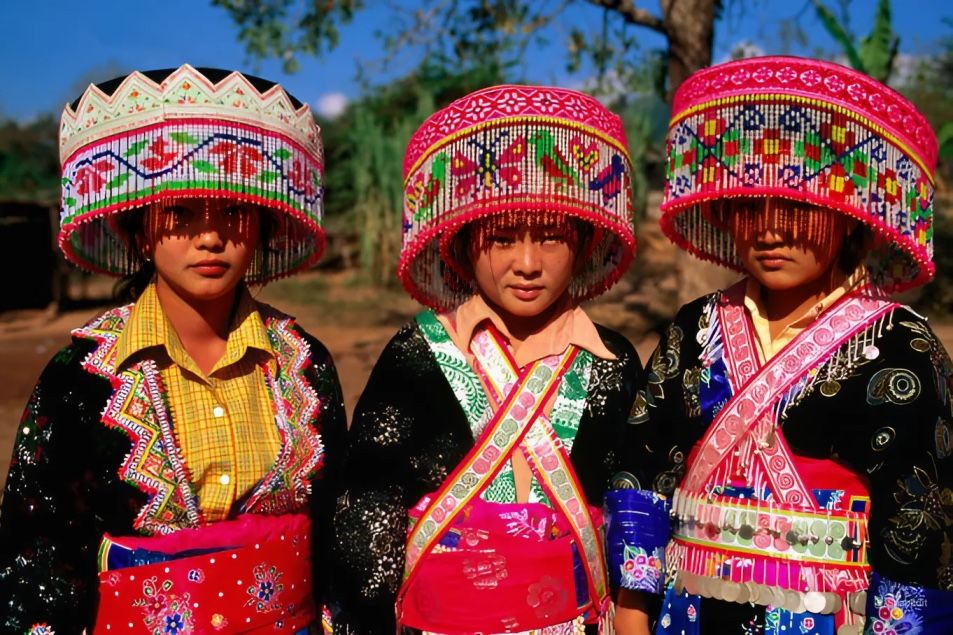
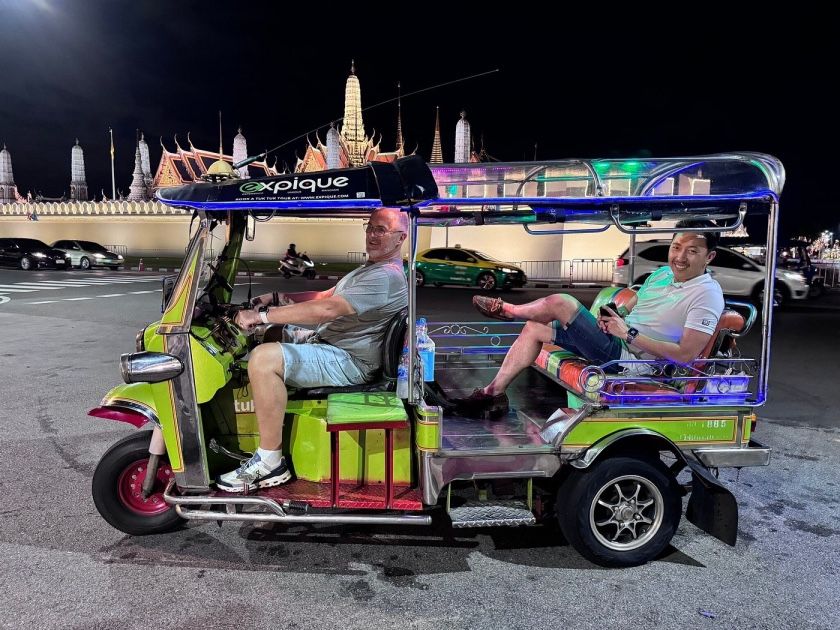
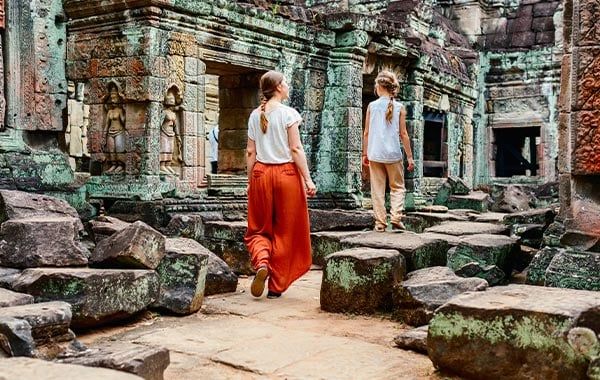
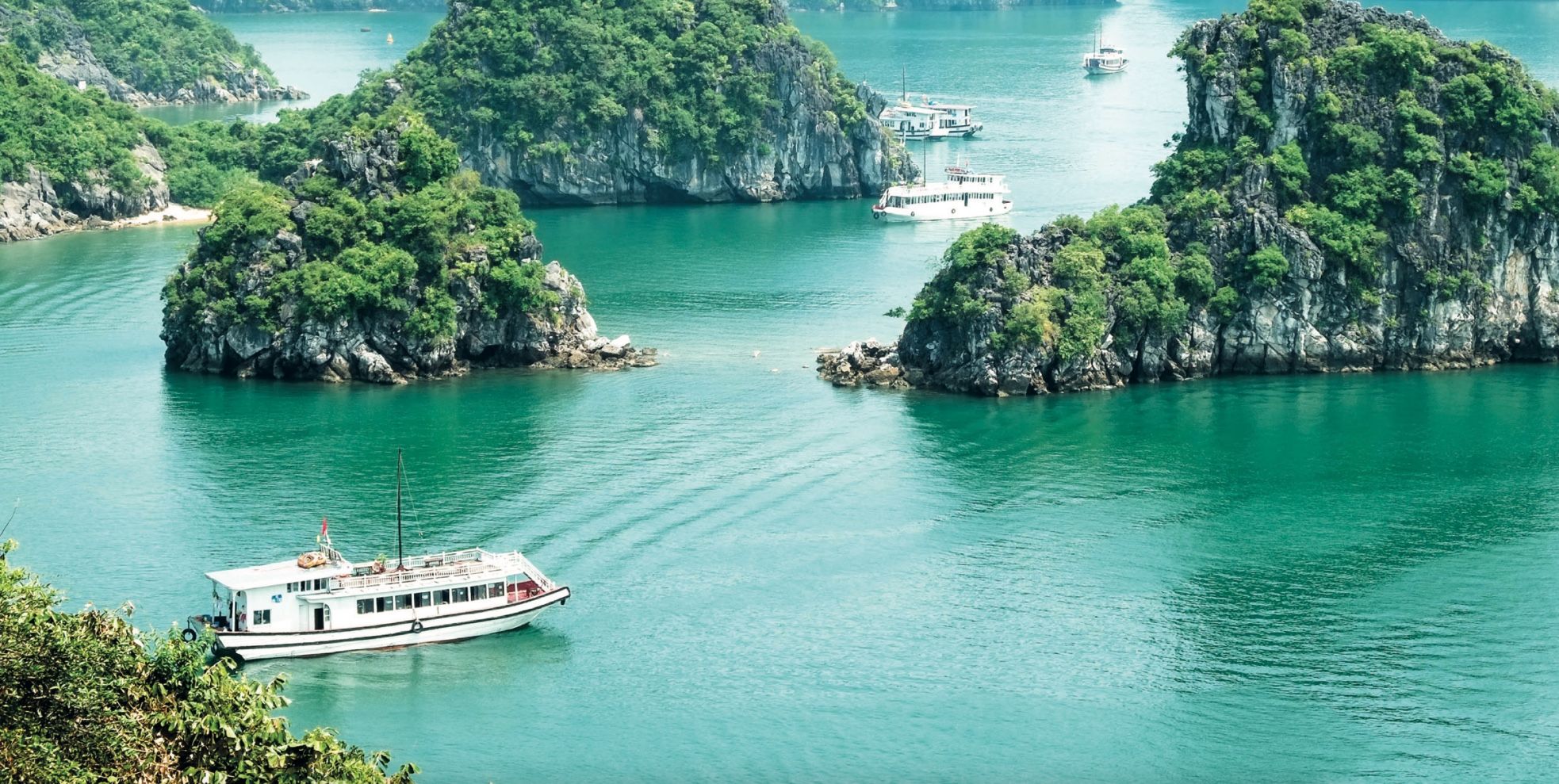
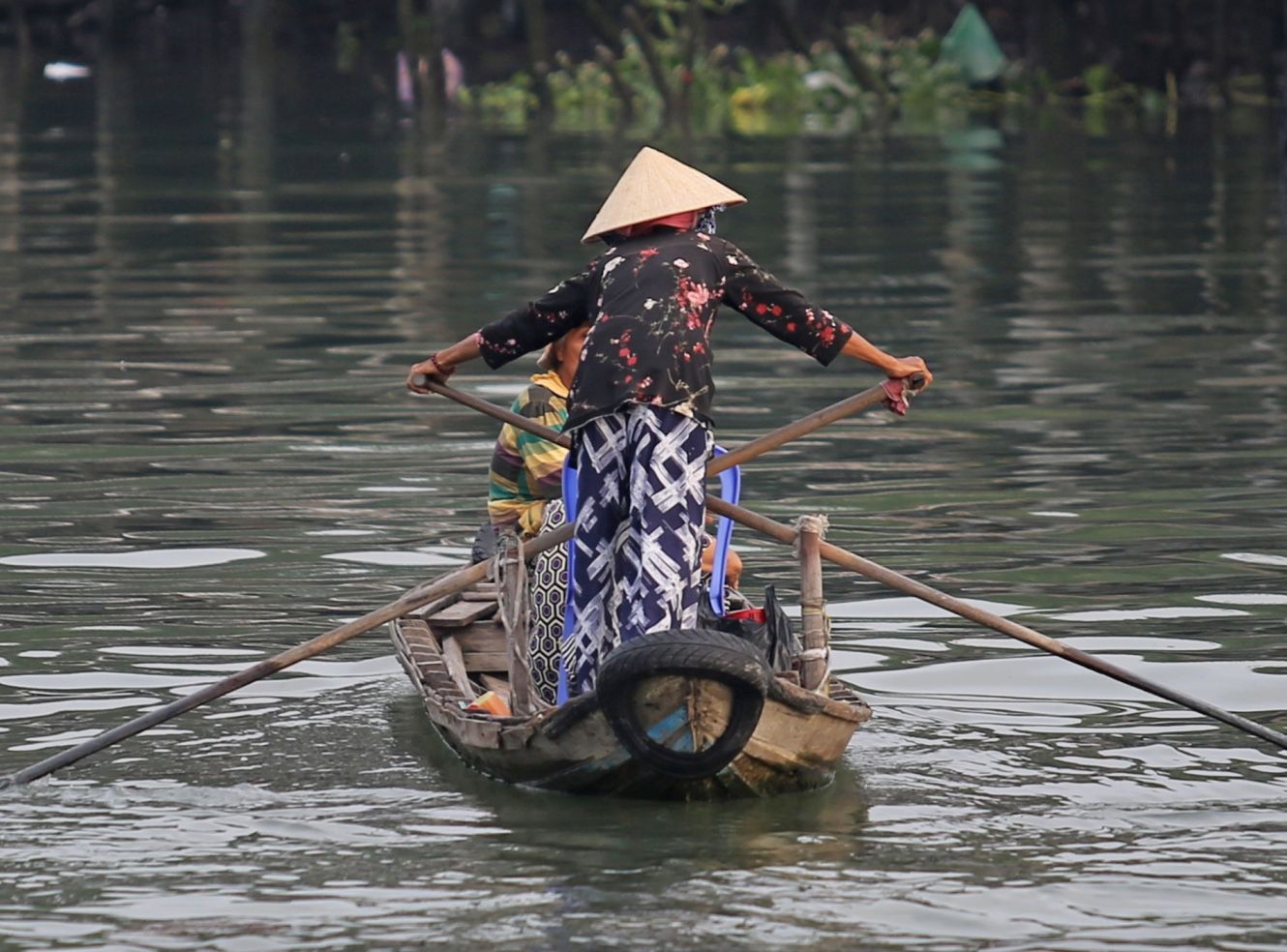

You May Also Like
Long Coc Tea Hills in Phu Tho: A Hidden Photography Spot Near Hanoi
Long Coc Tea Hills in Phu Tho is a breathtaking hidden gem in northern Vietnam, ...
The Ultimate Guide For Visiting Visit Vietnam In February: Weather, Festivals & Itineraries
Imagine walking through Hanoi’s Old Quarter as peach blossoms bloom in doorways, or sitting by ...
Toilets in Vietnam: A Traveler’s Guide for Squat Toilets, Public Bathrooms & Flushing Paper
Let’s be honest—when you travel, toilets matter more than you expect. In Vietnam, they quickly ...
20 Traditional Vietnamese Folk Games
Traditional folk games in Vietnam are more than just childhood pastimes. They are the living, ...
How to Register a Company in Vietnam (2026 Guide)
Foreign investors planning to do business in Vietnam face a multifaceted legal system and bureaucratic ...
Visiting Vietnam in January 2026: Weather, Costs, Festivals & Travel Tips
I visited Vietnam in January 2026, and I still remember the crisp, cool air in ...